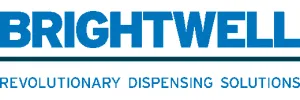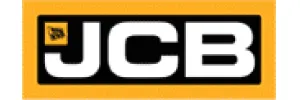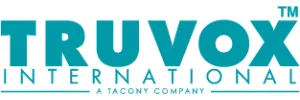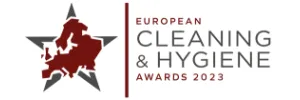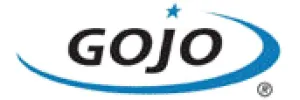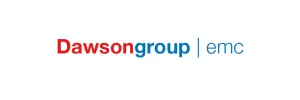Our Blog
Our treasure trove of resources, tips and tricks

Posted on 30 December 2010 by Ceris Burns
Low risk international market selection
In the second of a new practical series about international marketing, Ceris Burns, international marketing specialist for the cleaning industry considers how to select overseas markets to maximise your chances of success and minimise risk.
With your international business audit complete you should now have a clear picture of your company’s ability to manage international business. Before moving on to the market selection process, take a moment to clarify your motives. This is crucial because you will of course choose the country or countries best suited to help you achieve your goals. Maybe it comes down to profit and growth? Do you have a personal urge to export or do you want to achieve economies of scale not possible at home? Perhaps unsolicited enquiries from abroad have awakened your interest?
With your motive crystal clear, it’s time to work through the market selection process. This involves undertaking detailed market analysis – scanning multiple markets, building a robust profile of the shortlisted country/countries and finally conducting field research there. International business is complex as it involves managing different attitudes and values whilst requiring flexibility to cope with new found culture, politics and competitors. You must make it your aim to KNOW YOUR OVERSEAS MARKETS as well as you know your home territory. It’s a fact that 80% of export failures are due to cultural differences. A high proportion of these could be avoided if only effective market research was undertaken at the outset. Market research will maximise your chances of success and minimise risk.
Market scanning enables you to identify potential by comparing the attractiveness of multiple countries with company compatibility. On completion you should have an understanding of market accessibility, profitability, size and risk and be in a position to decide which countries hold enough potential to progress to the next stage. Many country data sources are available. Try World Fact Book www.cia.gov/cia/publications/factbook, UK Chambers of Commerce www.britishchambers.org.uk and Business Week www.businessweek.com. International business specialists both private and government based can also provide expertise and contacts. The British Embassy commercial section in particular can be hugely helpful by enabling access to local market knowledge and sector experts, although the quality of service can vary from country to country.
Market profiling is usually based upon secondary information gathered from existing reports. It enables you to build an additional layer of information and understanding. A straightforward and practical way of analysing a country profile is to gather all the data you can and focus on its implications for the marketing mix rather than building a description. This might for example throw up uncontrollable issues dictated by the market, packaging may need to be adapted or advertising may not even be legal in your chosen country.
By now you should be fairly confident about your market choice and in a position to proceed to field research in the country. You may decide to do this yourself or appoint an external agency to work on your behalf. An organised trade mission to the target country could also provide a cost effective way of gaining market insight while providing an opportunity to meet prospective clients. Although we often take it for granted, do also consider that your target country may not actually be safe to go to.
Safety is not the only issue when undertaking research. In some areas, Asia Pacific for example, outside of Japan and Singapore it is extremely difficult to access reliable quality data. Even government statistics may not be accurate. In cases where you cannot visit a country or suitable data is unavailable you will need to take another approach to market assessment. This might entail looking at similar markets, studying the trends there and forming assumptions from this. As long as you can provide answers to questions about basic market suitability, in place of detailed research, a controlled market entry experiment could be the solution.
For a country selection tool email ceris@cbimarketing.com Next month we will look at routes to market.
ENDS
As published in C&M magazine February 2010.
Categories
- Branding
- Crisis Management
- Digital PR
- Environmental PR
- General News
- Guest Blogs
- International Insight
- Our Blog
- SEO Updates
- Social Media
- Uncategorised
Experts in Public Relations Services & Communications Management
Our ServicesGenuine industry specialists in cleaning and hygiene, environmental and recycling, and facilities management
Our Sectors
